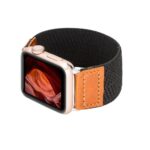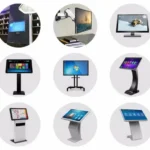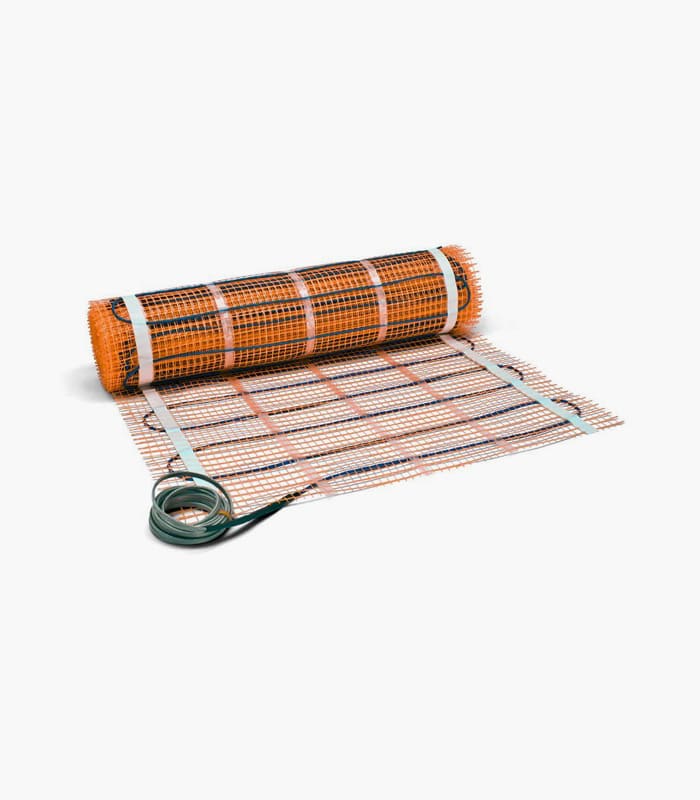German cubesat to test quantum key distribution

Top Stories Tamfitronics

SAN FRANCISCO – Qube, a German cubesat is preparing to test quantum key generation and distribution via optical link.
Mission operators in Germany made contact with the 3.53-kilogram Qube approximately two hours after it launched Aug. 16 on a SpaceX Falcon 9 rideshare. Now, they are moving quickly through the launch and early operations phase (LEOP) of the mission.
“We have a planned LEOP of 3 months, but currently we seem to progress much faster than this conservative estimate for commissioning,” Klaus Schilling, president of the Center for Telematics at the University of Wurzburg, told SpaceNews by email.
“This is truly a milestone,” Harald Weinfurter, Ludwig Maximilian University of Munich professor of experimental quantum physics, said in a statement. “So far, there are no small satellites in Earth’s orbit that enable worldwide quantum key distribution.”

German Consortium
The Qube satellite was designed and built at the University of Wurzburg Center for Telematics. The payload for quantum key distribution was supplied by the Ludwig Maximilian University, the Max Planck Institute for the Science of Light and the University of Erlangen–Nuremberg. The German Space Agency DLR research center in Oberpfaffenhofen provided the satellite’s onboard laser communications terminal.
Government agencies, companies and academic institutions are eager to experiment with quantum key distribution for secure communications. Due to the behavior of subatomic particles, attempts to intercept communications would be revealed.
“The use of quantum keys via satellite offers significant economic potential for achieving secure global communication,” Schilling said.
Quantum key distribution was demonstrated in orbit by the 635-kilogram Chinese Quantum Science Satellite Micius, launched in 2016.
The Germany consortium spend years miniaturing satellite components for a quantum cubesat. A significant challenge was ensuring a cubesat could point accurately enough for a stable optical link with a ground terminal.
In addition, miniature quantum communication components must “remain fully functional at the extreme vibrations, temperature, and radiation conditions during launch and operations in space,” Christoph Marquardt, University of Erlangen–Nuremberg professor, said in a statement.
Next Steps
The Germany institutions are already planning Qube follow-ons. QUBE-2, a six-unit cubesat with “a much stronger laser payload,” is slated to launch in the second half of 2025.
A feasibility study also is underway for CubEnik, two cubesats “connected by a rotational joint” to track two targets in parallel for quantum key delivery, Schilling said.

Debra Werner is a correspondent for SpaceNews based in San Francisco.Debra earned a bachelor’s degree in communications from the University of California, Berkeley, and a master’s degree in Journalism from Northwestern University. She…More by Debra Werner



 Hot Deals
Hot Deals Shopfinish
Shopfinish Shop
Shop Appliances
Appliances Babies & Kids
Babies & Kids Best Selling
Best Selling Books
Books Consumer Electronics
Consumer Electronics Furniture
Furniture Home & Kitchen
Home & Kitchen Jewelry
Jewelry Luxury & Beauty
Luxury & Beauty Shoes
Shoes Training & Certifications
Training & Certifications Wears & Clothings
Wears & Clothings
















